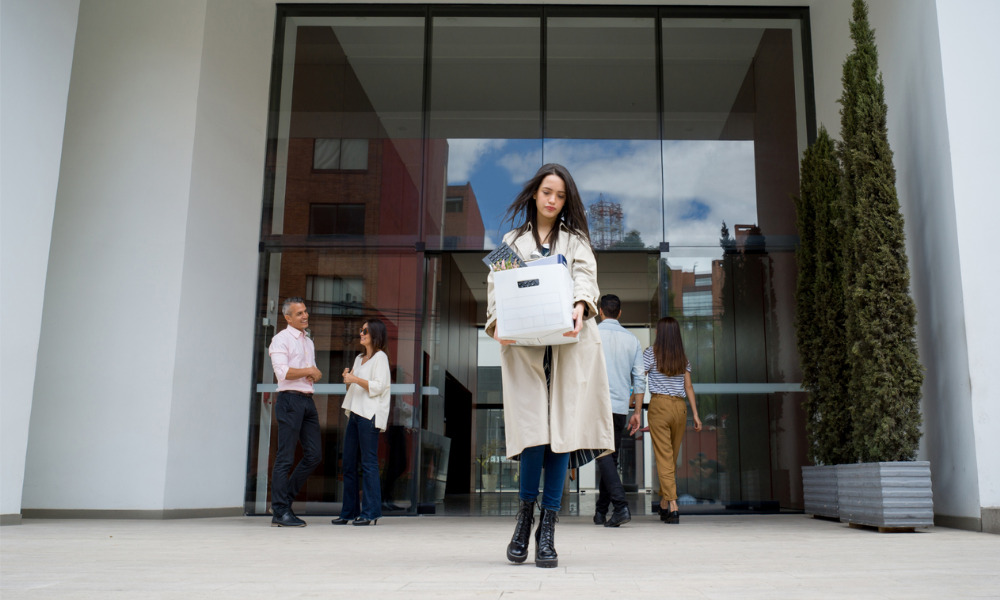Many looking for remote work, higher salary: survey

Thirty per cent of American workers are planning to look for a new job once the pandemic is over according to a new survey from fintech startup Self Financial.
Most (57 per cent) of these people say they will make the jump so they can work remotely while nearly half (47 per cent) are hoping for a higher salary.
“With remote work becoming a part of normal life due to global quarantine measures, it’s not surprising that 57 per cent of those looking for new jobs are specifically searching for remote roles,” says Self Financial. “Employers have now shown that they are capable of offering this to their staff and that it works in practice too. We expect many will want remote working opportunities in 2020.”
One in five (20 per cent) of the respondents are planning to leave because their current employer has not offered enough support during the COVID-19 pandemic, found the survey of 1,300 American respondents.
Roughly 10 per cent plan to look for a new job for the following reasons:
- to work in a role that supports social good
- to get employer health insurance
- to work in a smaller business
- to avoid the general public
- to work in a larger business
- to work part-time
More than half (54 per cent) of the respondents also plan to start a side hustle to earn an extra income due to COVID-19. The idea is most popular among 18- to 24-year-olds (70 per cent) and among 25- to 34-year-olds (62 per cent). Meanwhile, 77 per cent of 65-year-olds or older say they don’t intend to look at a side hustle as an option.
And 51 per cent of the respondents say they are saving for a future pandemic. One in five savers are aiming to have US$550 in the bank dedicated to a future pandemic while 24 per cent plan to save between US$1,500 and US$2,500.
Following a drop of over one million in March, employment fell by nearly two million in April, according to Statistics Canada.
Amidst the uncertainty of the COVID-19 pandemic, the resignation rate for Canada dropped 54 per cent for the second week of April compared to the same week in 2019. This follows a series of drops of 17 per cent, 36 per cent and 37 per cent in the weeks prior. However, resignations haven’t fallen to zero: The annualized resignation rate remains at seven per cent.




